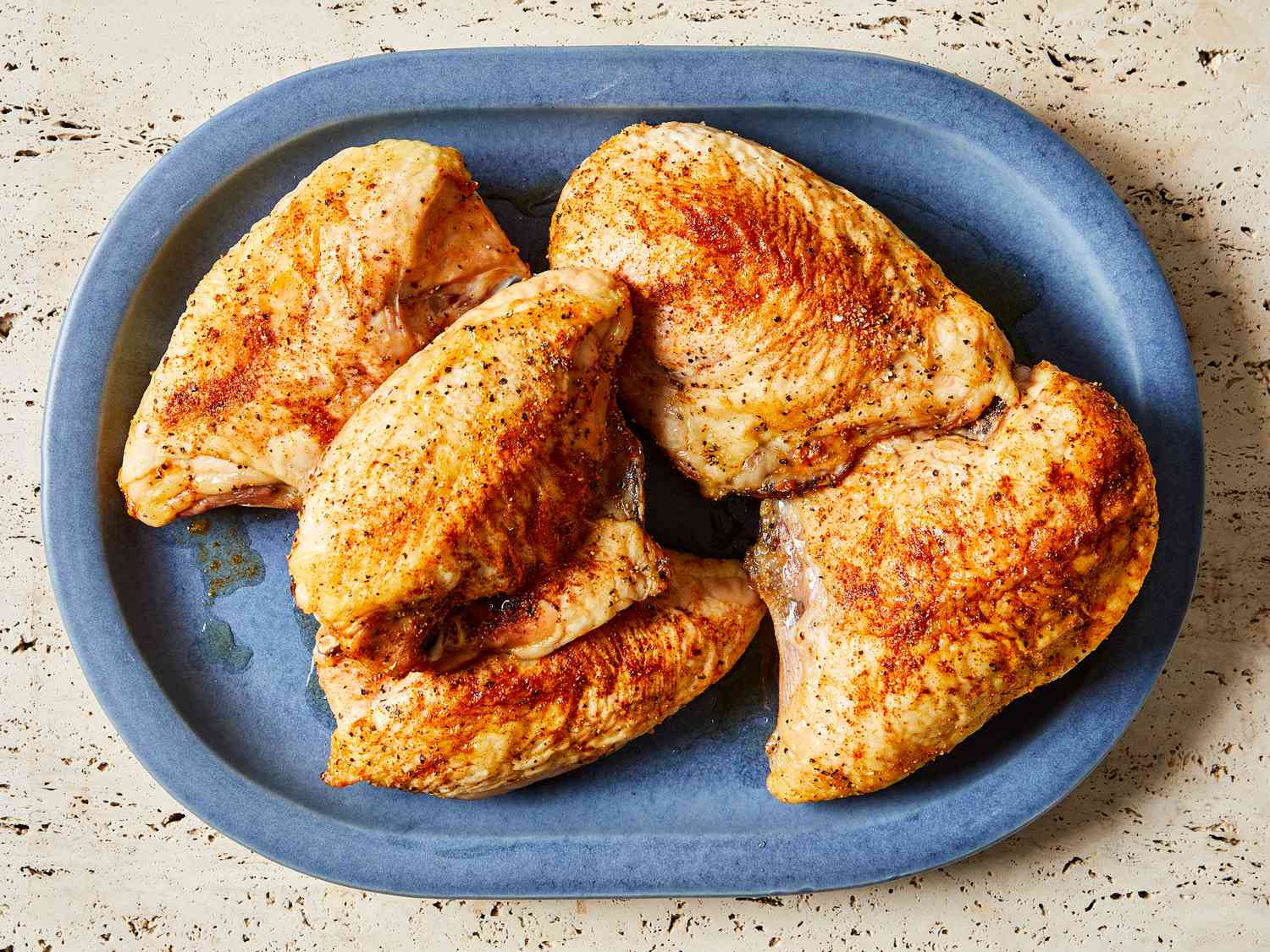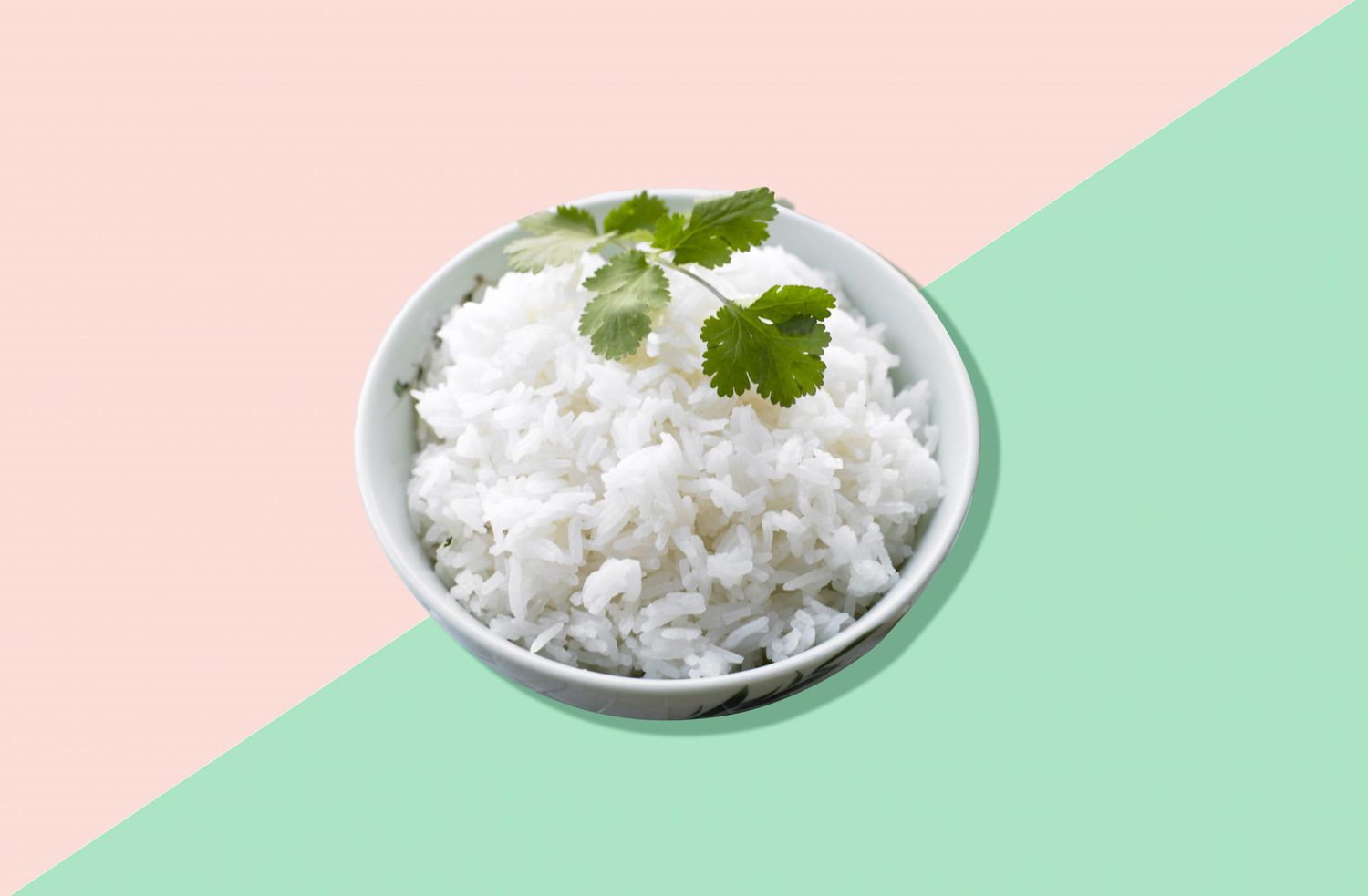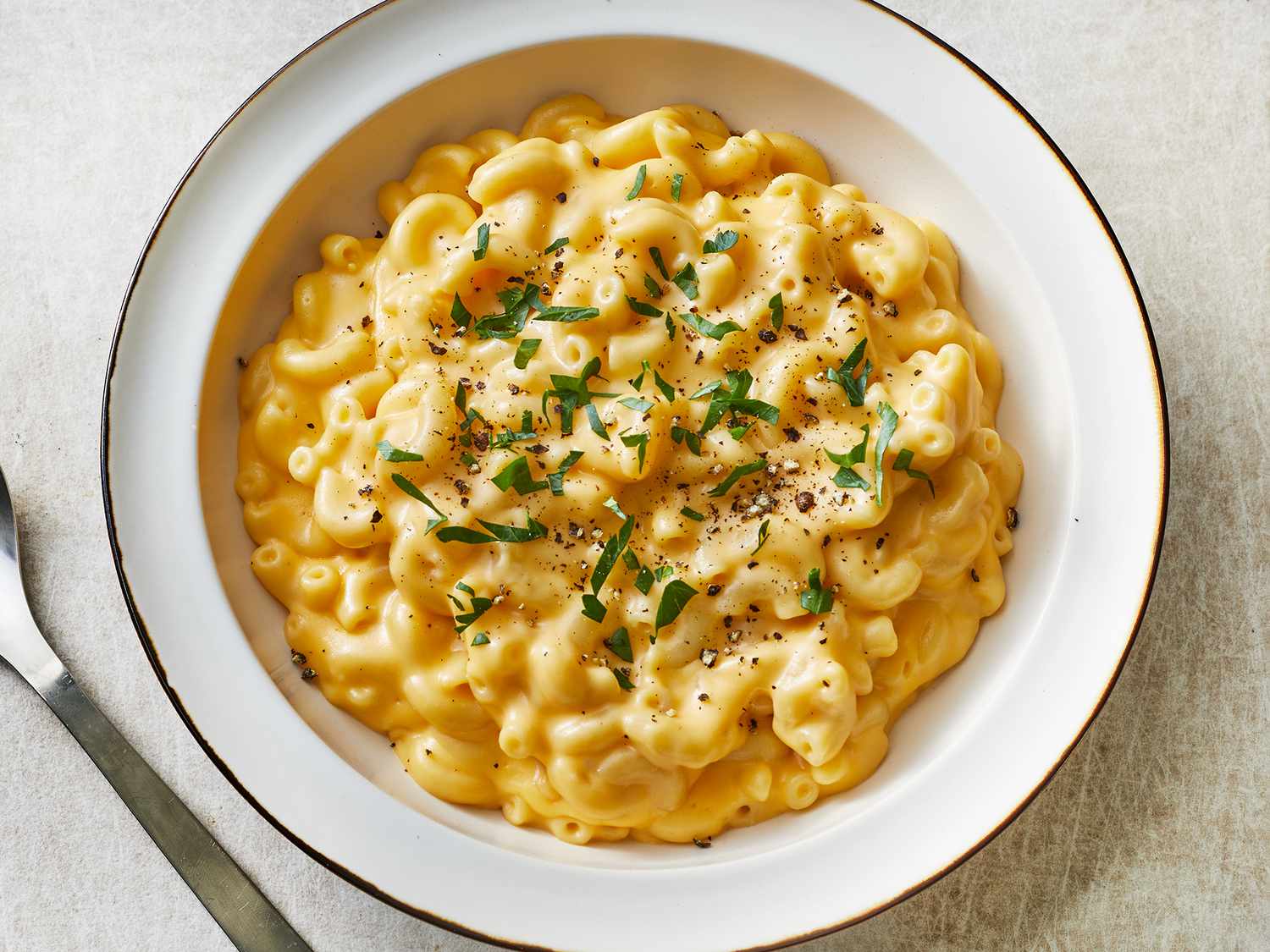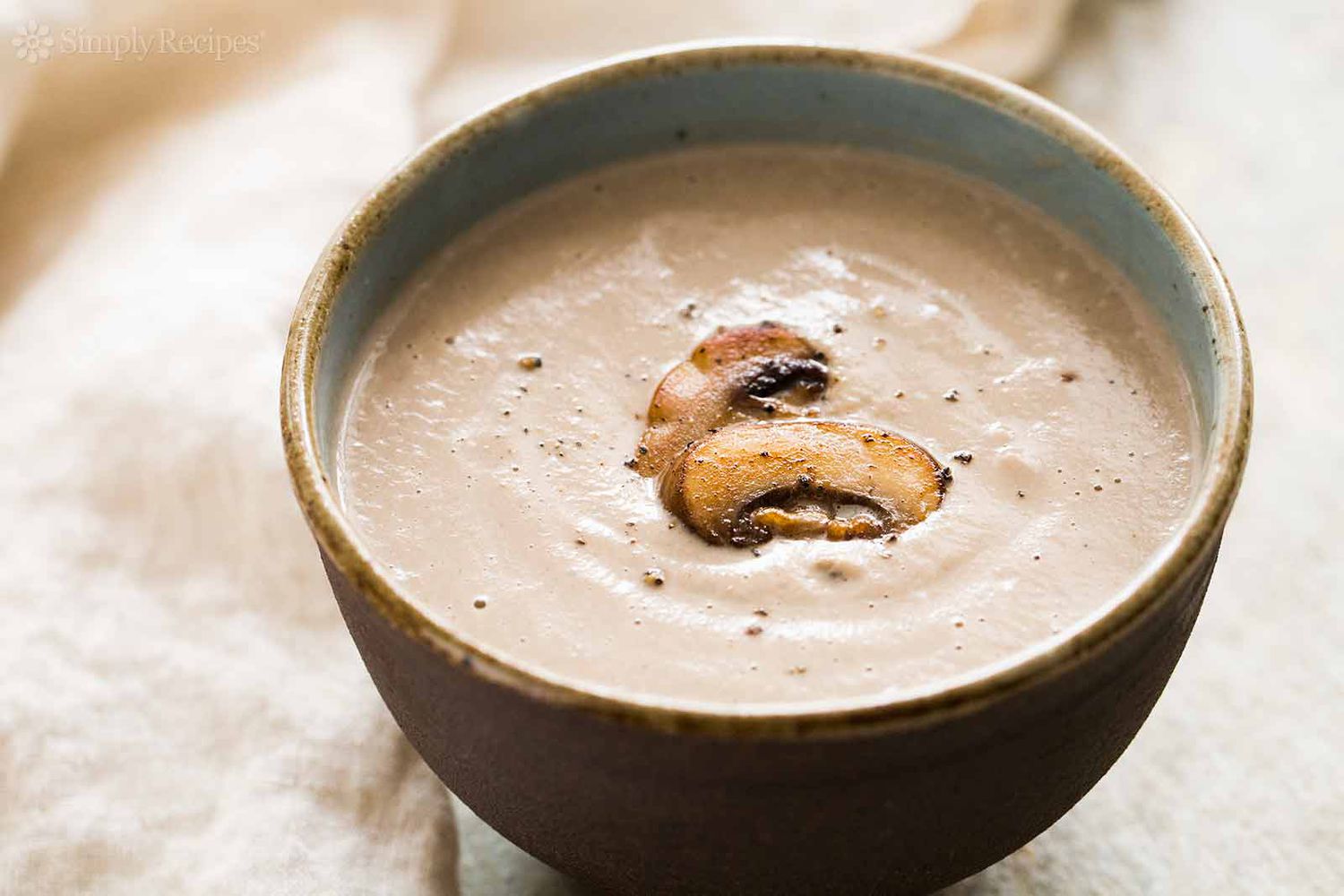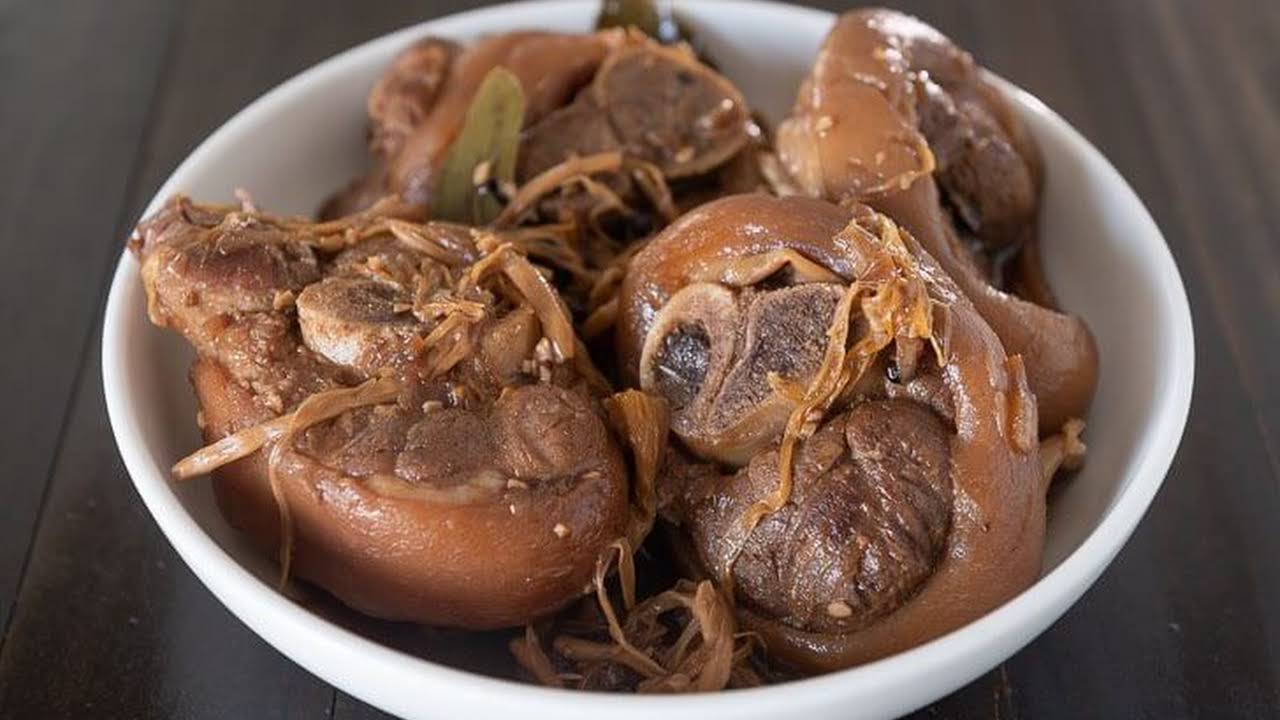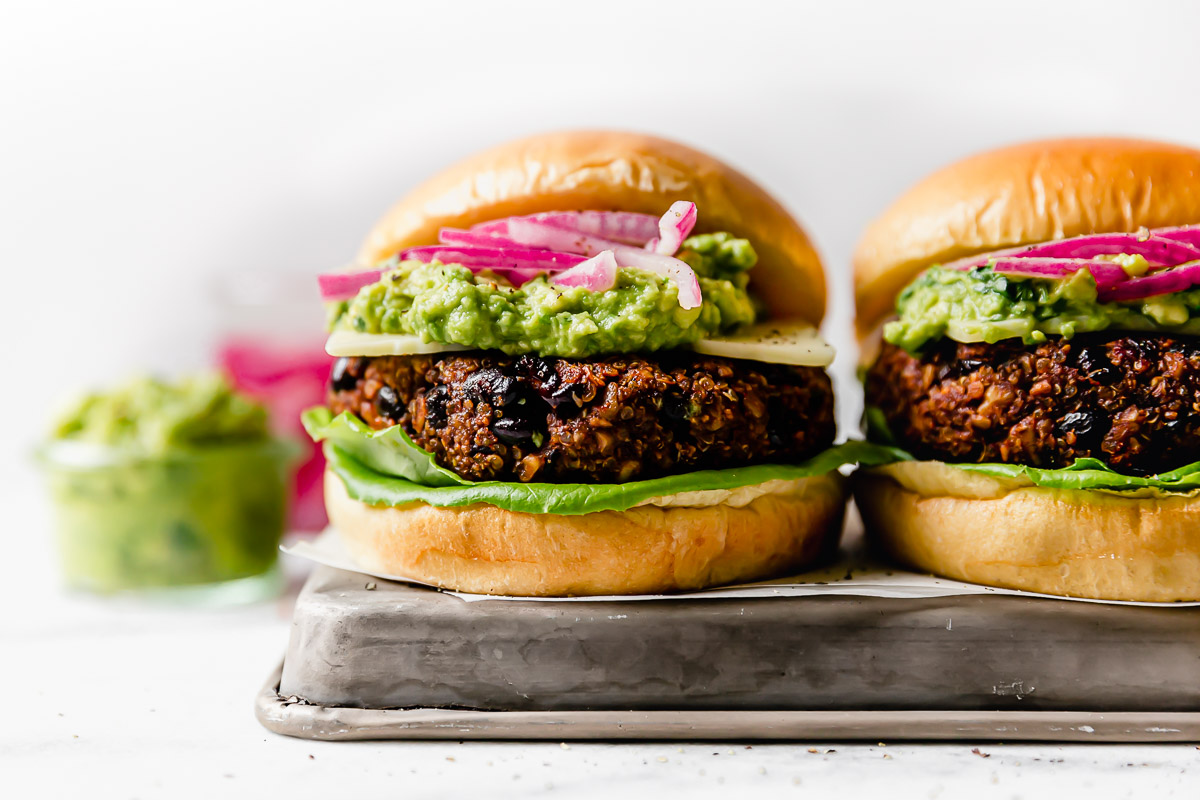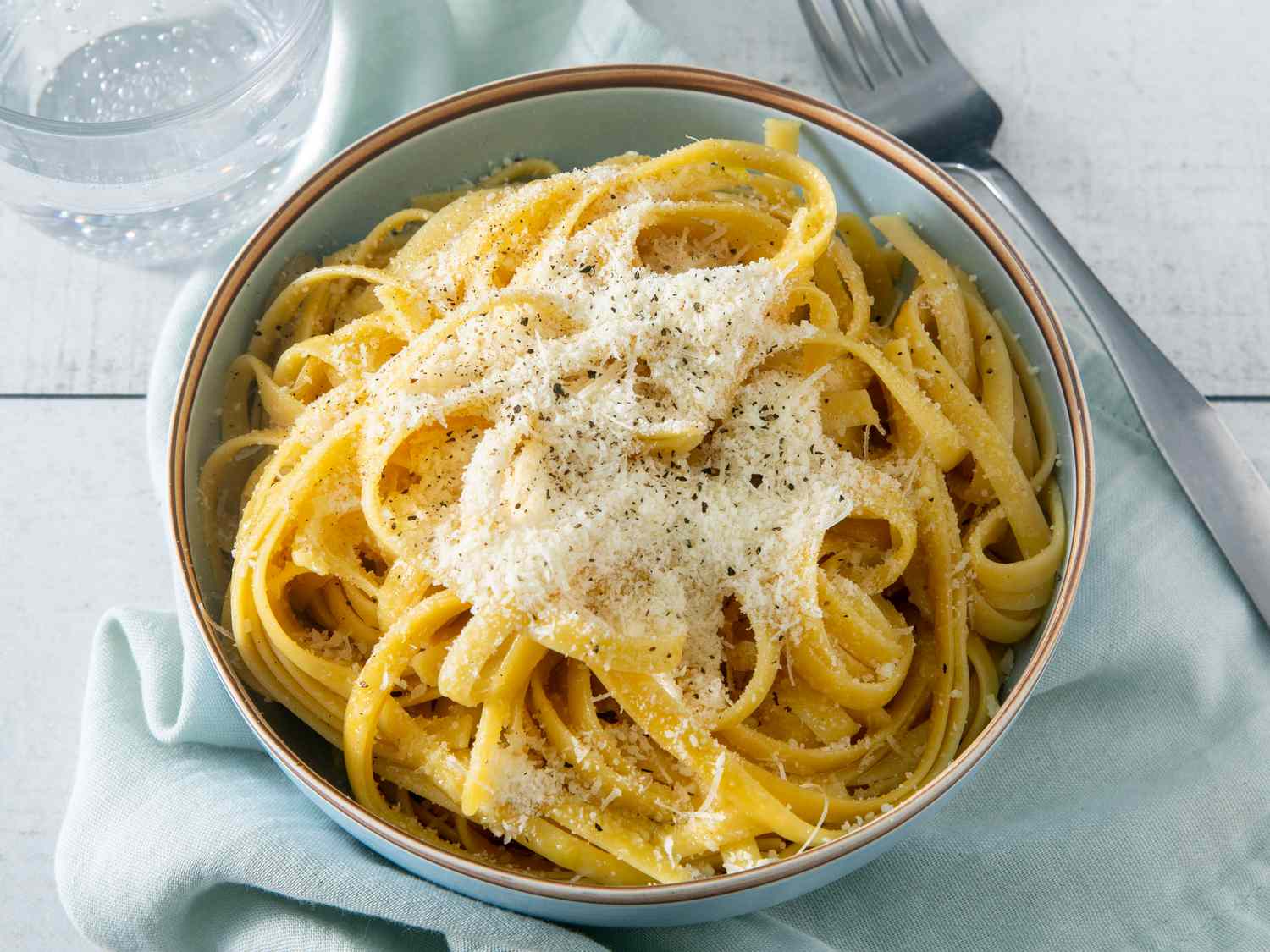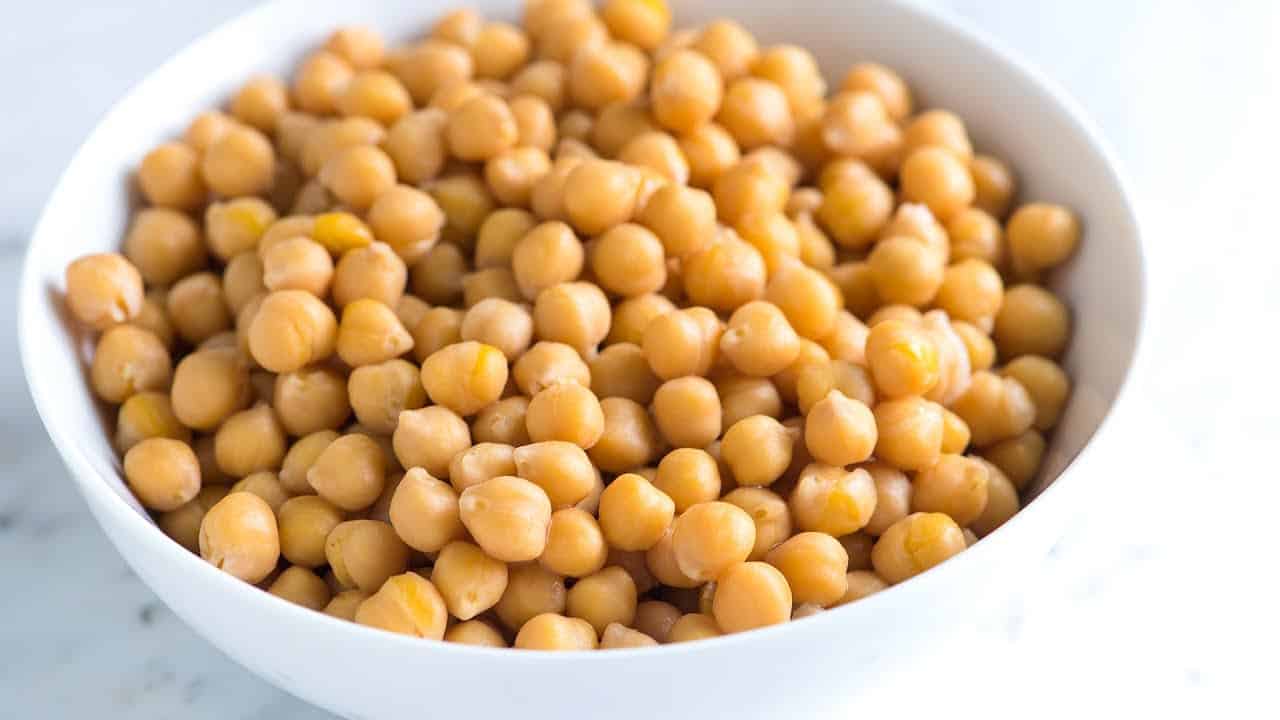Cooking Made Easy: Unleash Your Creativity with Silicone Molds
When it comes to cooking, sometimes all you need is a little bit of creativity to take your dishes to the next level. One simple way to elevate your culinary creations is by using silicone molds. These versatile kitchen tools are not only easy to use but also offer a myriad of possibilities for bringing your cooking skills to new heights. In this article, we will guide you through the process of cooking with silicone molds, enabling you to unlock your inner chef.
Why Choose Silicone Molds?
Silicone molds have gained popularity among chefs and home cooks alike due to their numerous advantages:
- Non-stick surface: Silicone molds are naturally non-stick, making it effortless to release your cooked creations without them getting stuck or falling apart. This allows for perfect shapes every time!
- Heat-resistant: Silicone molds can withstand high temperatures, both in the oven and in the freezer. From sweet treats like cupcakes and chocolates to savory dishes like meatloaf and quiches, silicone molds can handle it all.
- Easy cleanup: Unlike traditional pans, silicone molds are a breeze to clean. They can be washed by hand or placed in the dishwasher, saving you time and effort.
- Durable and reusable: Silicone molds are built to last. With proper care, they can be reused countless times, making them a sustainable option for your kitchen.
Getting Started: Tips for Cooking with Silicone Molds
Now that you’re aware of the benefits of silicone molds, let’s dive into some tips to ensure success when using them:
- Choose high-quality molds: Invest in durable, food-grade silicone molds to guarantee optimal results. Cheaper alternatives may not offer the same level of heat resistance or longevity.
- Prep the molds: Before using your silicone molds, wash them thoroughly with warm, soapy water, and dry them properly. This step helps remove any manufacturing residue and ensures your food remains uncontaminated.
- Grease, if necessary: While silicone molds are generally non-stick, some recipes may require a light greasing to prevent any potential sticking. Use a small amount of oil or non-stick spray, ensuring an even coating.
- Maintain temperature: Silicone molds excel at distributing heat evenly, but for optimal results, it’s crucial to follow the recipe’s temperature instructions and adjust cooking times accordingly.
- Cool before removing: Allow your baked goods or other recipes to cool completely in the silicone mold before attempting to remove them. This ensures they retain their shape and minimize the risk of breakage.
Embracing Creativity with Silicone Molds
Now that you have the basics down, it’s time to unleash your culinary creativity! Here are some ideas to help you get started:
- Delightful desserts: Use silicone molds for crafting beautiful cakes, cupcakes, muffins, or even homemade chocolates. Experiment with different shapes and sizes to add a touch of whimsy to your sweet creations.
- Savory surprises: Silicone molds are not limited to desserts. Create individual servings of lasagna, meatloaf, quiches, or even savory muffins, perfect for portion control and impressive plating.
- Frozen treats: Take advantage of silicone molds’ freezer-safe nature to concoct homemade popsicles, ice creams, or even frozen yogurt bites. These delightful treats are bound to be a hit with both kids and adults.
- Fruit infusions: Jazz up your beverages by freezing small fruit slices, herbs, or edible flowers in silicone molds, creating visually appealing ice cubes. They not only add a burst of flavor but also make your drinks Instagram-worthy.
With all these possibilities at your fingertips, it’s time to let your imagination run wild in the kitchen. Cooking with silicone molds offers a world of creativity, allowing you to transform ordinary dishes into extraordinary masterpieces. So, grab your favorite silicone molds, gather your ingredients, and start cooking up a storm!
Was this page helpful?
Read Next: How To Cook A Whole Sea Bass

